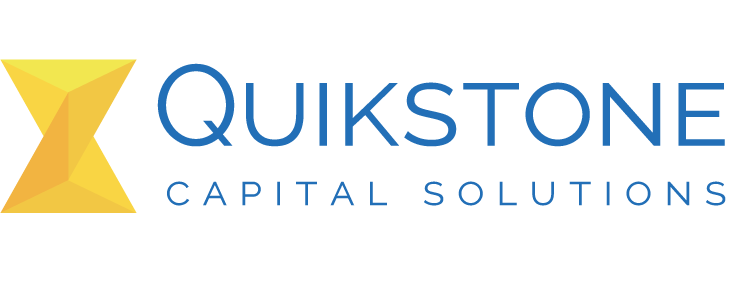 Most businesses treat employee training like a checkbox—something to complete for compliance rather than a strategic investment. Yet companies that prioritize comprehensive training programs see 24% higher profit margins and 218% higher revenue per employee than those that don't.
Most businesses treat employee training like a checkbox—something to complete for compliance rather than a strategic investment. Yet companies that prioritize comprehensive training programs see 24% higher profit margins and 218% higher revenue per employee than those that don't.
The difference lies in understanding that training isn't just about skill development. It's about creating a workforce that adapts, innovates, and drives measurable business outcomes. When done right, training becomes the engine that powers sustainable growth across every department and function.
The Four Pillars Of Growth-Focused Training
Effective training programs create multiple growth drivers simultaneously. They improve employee retention, reducing the costly cycle of recruiting and onboarding new staff. They enhance productivity by helping teams work more efficiently with updated skills and knowledge.
Leadership Development That Multiplies Impact
Strong leaders create more leaders. Investing in leadership training doesn't just improve individual performance—it creates a cascading effect throughout your organization. Leaders who receive quality development training are 67% better at engaging their teams and 50% more likely to retain top talent.
Leadership training should focus on practical skills: decision-making under pressure, effective communication, conflict resolution, and strategic thinking. The best programs combine formal learning with mentoring opportunities and real-world application.
Technical Skills That Keep You Competitive
Industries evolve rapidly, and yesterday's expertise becomes tomorrow's baseline requirement. Regular technical training ensures your team stays ahead of industry standards and can leverage new technologies for competitive advantage.
This doesn't mean chasing every trend. Focus on skills that have a direct impact on your business objectives and customer value. For a marketing team, this might mean mastering new analytics tools. For manufacturing, it could involve learning lean production methods.
Sales And Customer Service Excellence
Your customer-facing teams directly influence revenue and retention. Comprehensive sales training can increase revenue by up to 20%, while improved customer service training reduces churn and increases lifetime customer value.
Effective sales training goes beyond product knowledge. It teaches consultative selling, objection handling, and relationship building. Customer service training should emphasize problem-solving, emotional intelligence, and turning negative experiences into positive ones.
Cross-Functional Collaboration
Modern businesses operate through interconnected processes. Training employees to work effectively with other departments breaks down silos and improves overall efficiency. When marketing understands sales challenges and operations grasps customer needs, the entire organization functions more smoothly.
Common Training Mistakes That Waste Money
Many training programs fail because they lack strategic focus. Generic workshops that don't connect to specific business goals often leave employees with theoretical knowledge but no practical application. Without clear objectives and measurable outcomes, training becomes an expensive exercise in good intentions.
Another frequent mistake is treating training as a one-time event rather than an ongoing process. Skills decay without reinforcement, and business needs evolve continuously. Companies that front-load training then neglect follow-up see minimal long-term impact.
Poor timing also undermines training effectiveness. Introducing new skills during busy periods or without adequate support systems frustrates employees and reduces adoption rates. The best training programs align with business cycles and provide ongoing support for implementation.
Measuring Training Impact On Business Growth
Effective training measurement goes beyond completion rates and satisfaction surveys. Track leading indicators like skill assessments and behavior changes, as well as lagging indicators like productivity metrics and business outcomes.
Establish baseline measurements before training begins. This might include current performance levels, error rates, customer satisfaction scores, or sales figures. Post-training measurement should capture both immediate improvements and longer-term trends.
Making Training Stick Through Culture Change
The most successful training programs become embedded in company culture. When continuous learning becomes part of how your organization operates, employees take ownership of their development and actively seek growth opportunities.
Leadership plays a crucial role in creating learning culture. When executives participate in training, discuss learning in team meetings, and recognize skill development, they signal that growth is valued and expected. This top-down commitment encourages widespread participation and engagement.
Quikstone Capital Solutions has officially reached its 20th anniversary, a moment that reflects two decades of dedication to supporting small businesses across the country. If you need cash for your business, contact us today. We have only one goal: to help your business succeed.





